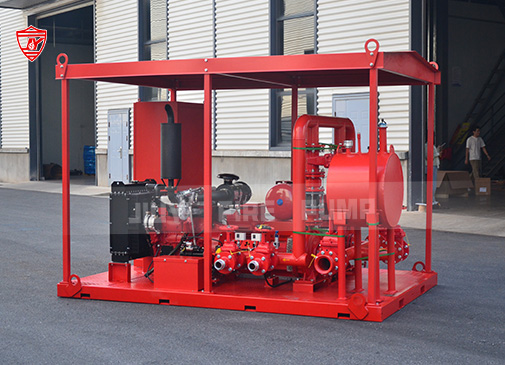Fire pumps are often exposed to harsh environmental conditions, including moisture, chemicals, and temperature fluctuations. Corrosion can weaken components, reduce efficiency, and compromise safety. Key factors contributing to fire pump corrosion include:

Applying protective coatings is one of the most effective ways to prevent corrosion. Common types include:
This technique involves using sacrificial anodes (such as zinc or magnesium) to redirect corrosion away from the pump’s critical components. Cathodic protection is commonly used in underground or submerged fire pumps.
Using stainless steel components or corrosion-resistant alloys can significantly improve a fire pump’s durability, especially in aggressive environments.
Routine inspections and the application of corrosion inhibitors can prevent rust buildup. Recommended practices include:
To maximize the lifespan of your fire pump, follow these best practices:
✅ Choose the Right Coating – Select a coating that matches your environmental conditions.
✅ Schedule Routine Inspections – Regularly check for signs of corrosion and address them early.
✅ Implement a Preventive Maintenance Program – Follow NFPA 25 guidelines for fire pump inspection and maintenance.
✅ Use High-Quality Materials – Invest in corrosion-resistant materials to reduce long-term maintenance costs.
✅ Control Environmental Factors – Minimize exposure to corrosive elements through proper storage and installation.
Corrosion is a major challenge for fire pumps, but with the right anti-corrosion treatments, you can extend their service life and ensure optimal performance. Whether through protective coatings, cathodic protection, or regular maintenance, investing in corrosion prevention will safeguard your fire protection system from premature failure.